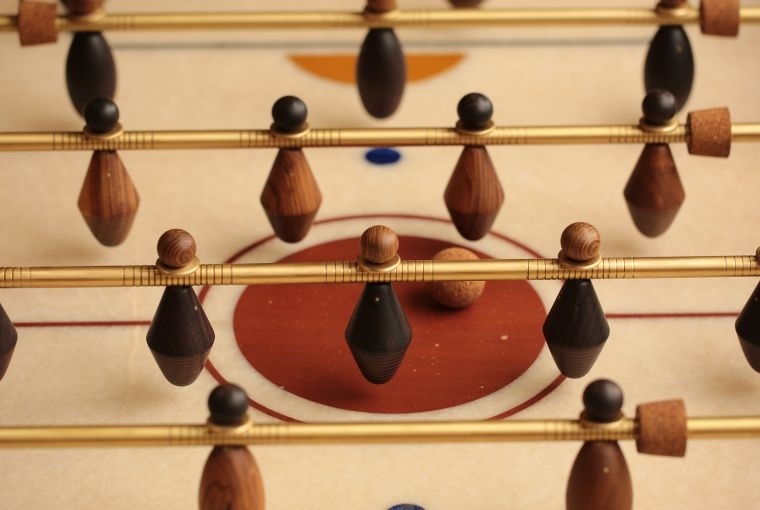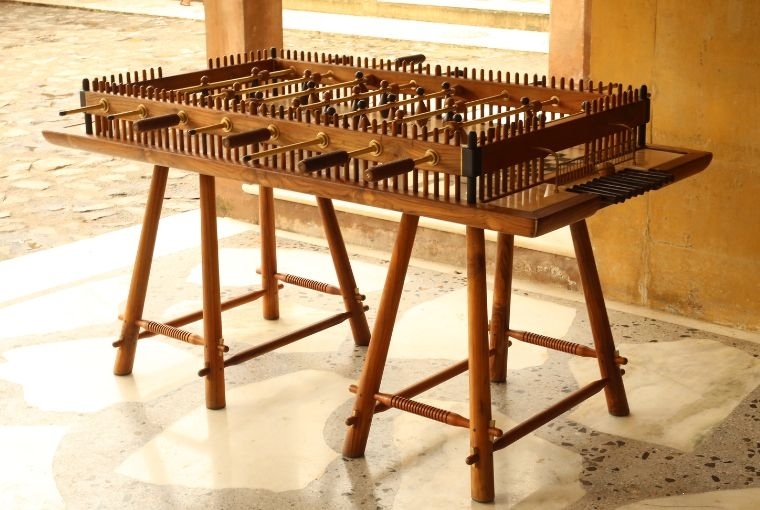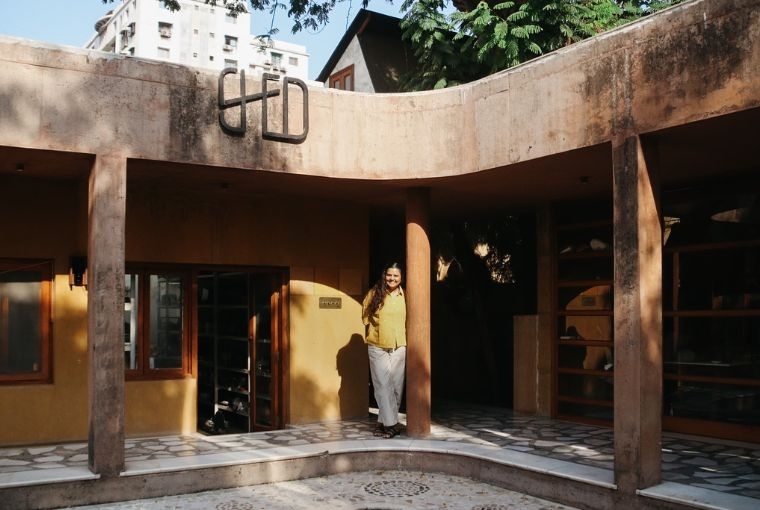

How spaces are created always fascinated Priyanka Shah, the brainchild of SHED. That and the culture of material. A conversation that became much more open-ended once Priyanka got to Parsons School of Design where she was exposed to the multi-disciplinary nature of design and architecture. ‘My mentor, Robert Kirkbride, was instrumental in lending me the thought process that architecture wasn’t limited to just structures and spaces. I started exploring the idea that design wasn’t necessarily only an intentional set of steps but a sum-total of many cultural, circumstantial, social, economical and geographical contexts and that awareness started building for me then. It was then relatively simple to start applying these thought processes to any scale of design,’ she sums. Since it SHED, the studio has churned out custom furniture, board games, home accessories, and cultural objects. Through its products, SHED propagates a slow and joyful living in the midst of our chaotic, fast-paced, urban lifestyles. It urges one to look back at the analogue and rediscover the wisdom of the bygone eras by re-presenting it within our context.
What began at a single table — a small team, sketching, making, figuring things out as they went is now a team of 50 still speaking through material. SHED has also designed spaces like In Kin in Surat, the much-loved Papa’s Bombay, crafted minimal kitchen accessories, and they also sent board games to the Magnetic Fields Festival.
EXPLORING MATERIAL DIVERSITY
I love diversity in materials. Yes, wood is a material I’ve worked with the longest because of how accessible it has been; but I’ve always held fascination for any other materials to deepen my vocabulary of how to work with different materials. Glass came in because I found it in bylanes of old city Jaipur and I was moved by the colours. We decided to hack at it and figure out how we can machine such a rigid and fragile material: we successfully brought in lapping wheels, which are originally used in diamond manufacturing and modified them to cut and polish glass. Marble came in with exploring water jet cutting and sandblasting techniques.
Metal casting came in when we started exploring different sculpted forms. We do not fixate on one material but think about expanding the uses of the ones we know and how we can integrate them into our ideas. The carrom board came about, and we decided to rethink the base material: I was sure I didn’t want to use plywood because of toxic adhesives that go into its manufacturing. Timber would be susceptible to expansion and contraction, which wouldn’t allow for a frictionless surface for smooth playing. Metal would have quite an unpleasant sound when struck, and again, keeping it completely levelled and straight would be difficult over time. We finally said marble would be an ideal surface for carrom. The challenge then was to make sure our craftsmanship with inlaying would be impeccable because otherwise the surface would fail for game playing.


EXPERIMENTING FURTHER
We are now making games with this marble inlaying technique. Many more custom carrom sets are being developed, which are based on individual thematic elements derived from conversations with the clients. We are also making a custom Monopoly set expressing different landmarks of a city!
CREATING INTENTIONAL DESIGN
The SHED is a practice where we do not want to be limited by the constraints of manufacturing observed in mainstream assembly lines in most industries where physical making is involved. We want to enable the expression of small ideas through tangible materiality and extend this material diversity in our physical environment.

Words Hansika Lohani
8.07.2025